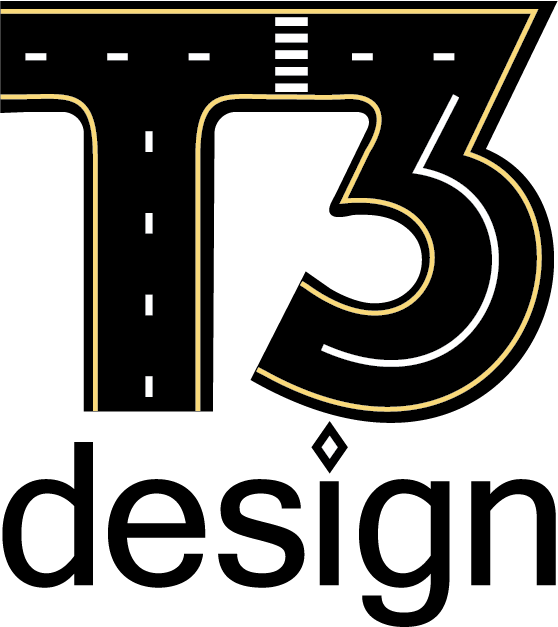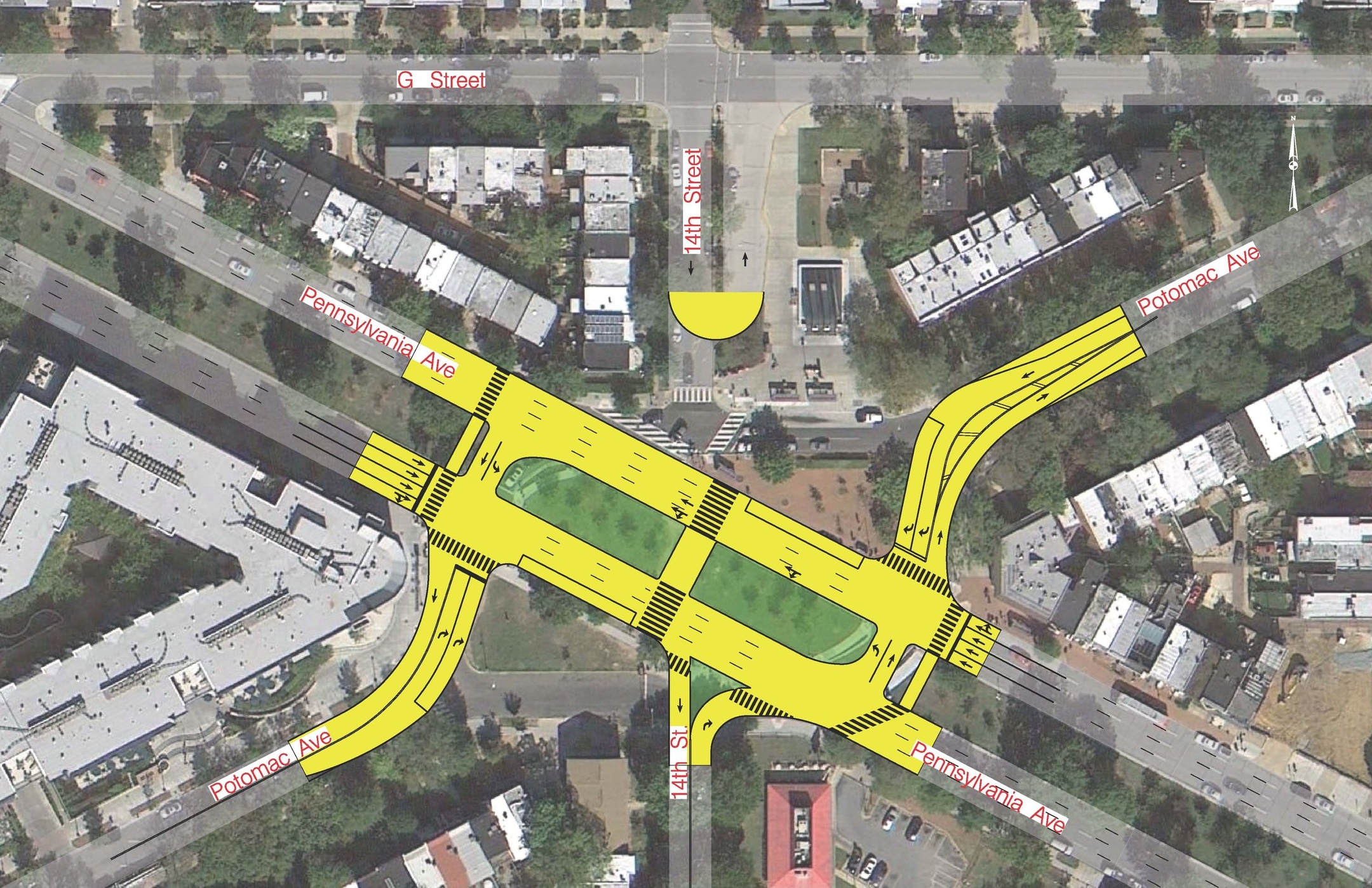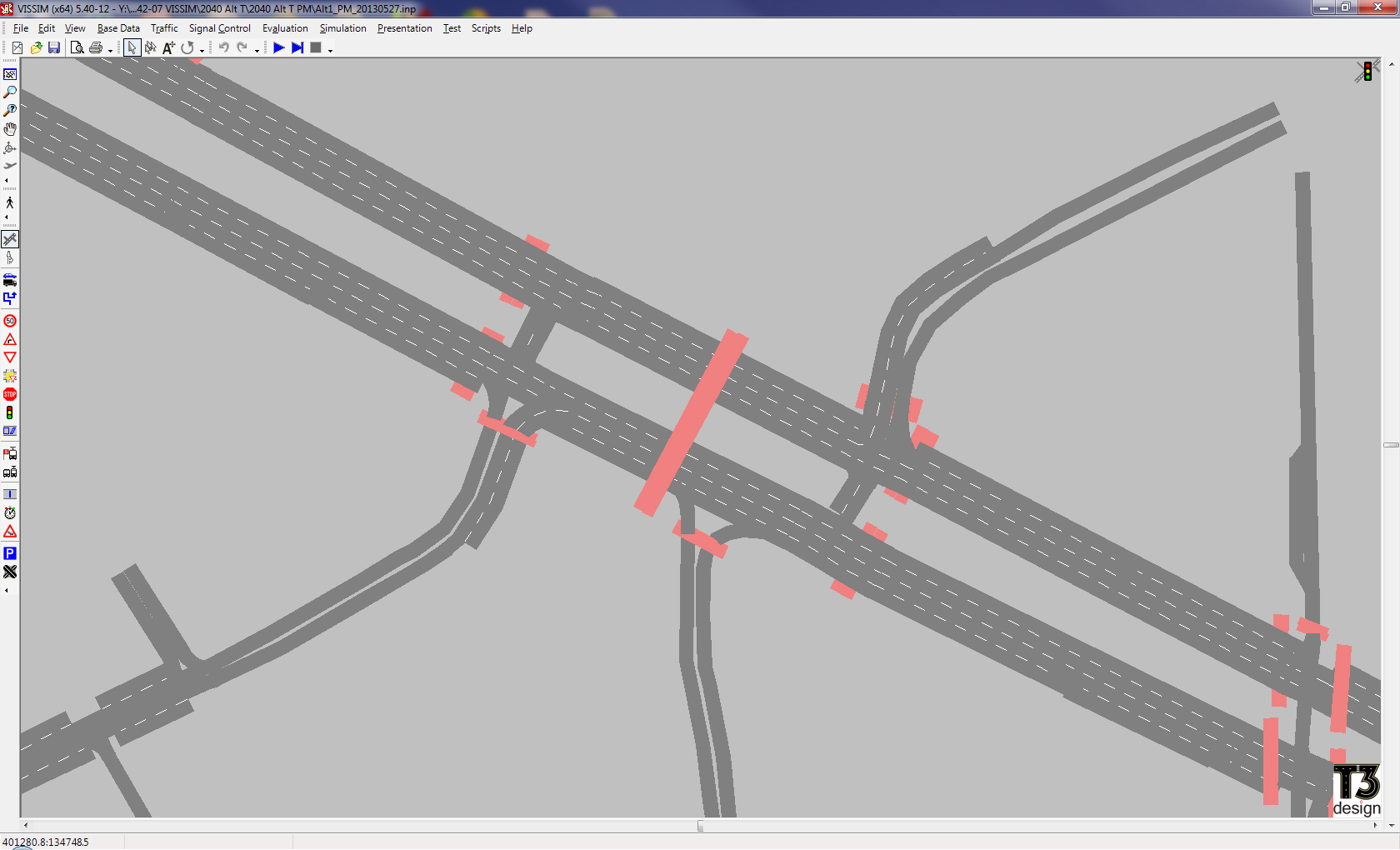Back to Design Services
Project Location: Washington, D.C.
Description of Project: The South Capitol Street Corridor Project calls for replacing the Frederick Douglass Memorial Bridge and transforming related sections of urban freeway into a beautiful scenic boulevard that increases pedestrian and vehicular safety, improves multi-modal transportation options, increases community accessibility and supports economic development on both sides of the Anacostia River.
Key project elements include:
- Building a new six-lane Frederick Douglass Memorial Bridge
- Creating a new traffic oval west of the river that connects South Capitol Street, Potomac Avenue and Q Street SW
- Reconstructing South Capitol Street as a six-lane boulevard with an improved streetscape from the traffic oval to D Street SE/SW and an at-grade intersection at M Street SE
- Creating a new at-grade traffic oval east of the river that connects South Capitol Street, Suitland Parkway and Howard Road SE
- Reconstructing the Suitland Parkway/Interstate 295 interchange
- Constructing a new diamond interchange on Suitland Parkway at Martin Luther King Jr Avenue
- Improving related portions of New Jersey Avenue, Howard Road, Firth Sterling Avenue, and Sheridan Road SE
- Increasing bicycle and pedestrian facilities
- Improving drainage and storm water management throughout the corridor
T3D’s Role in Project: T3 prepared technical requirements for maintenance of traffic (MOT) for inclusion in the construction documents for the South Capitol Street Bridge Design/Build Project. MOT technical requirements included general requirements, mandatory standards, performance requirements, design requirements, construction requirements, and submittals. The requirements for the transportation management plan (TMP) work zone impacts management strategies, TMP monitoring, contingency plans, and TMP were based on operational performance. The design requirements included the traffic control plans, minimum lane width, allowable lane closures times, allowable ramp closures, and allowable pedestrian/bicycle trail closures. Liquidated damages sections were developed for delayed completion, lane/ramp closures, allowable lane/ramp closure times, and allowable pedestrian/bicycle trail closure times. In addition, T3D reviewed the 30% concept plans for MOT plan which included stage/ phase revisions, ramp sequencing to match traffic projections and maintain all critical movements through all stages/ phases.
Both the South Capitol Street Bridge and the Theodore Roosevelt Bridge are major routes into downtown Washington, D.C., which require careful planning to ensure that the impacts to vehicles, pedestrians, and bicycles are mitigated during construction.
Back to Design Services


